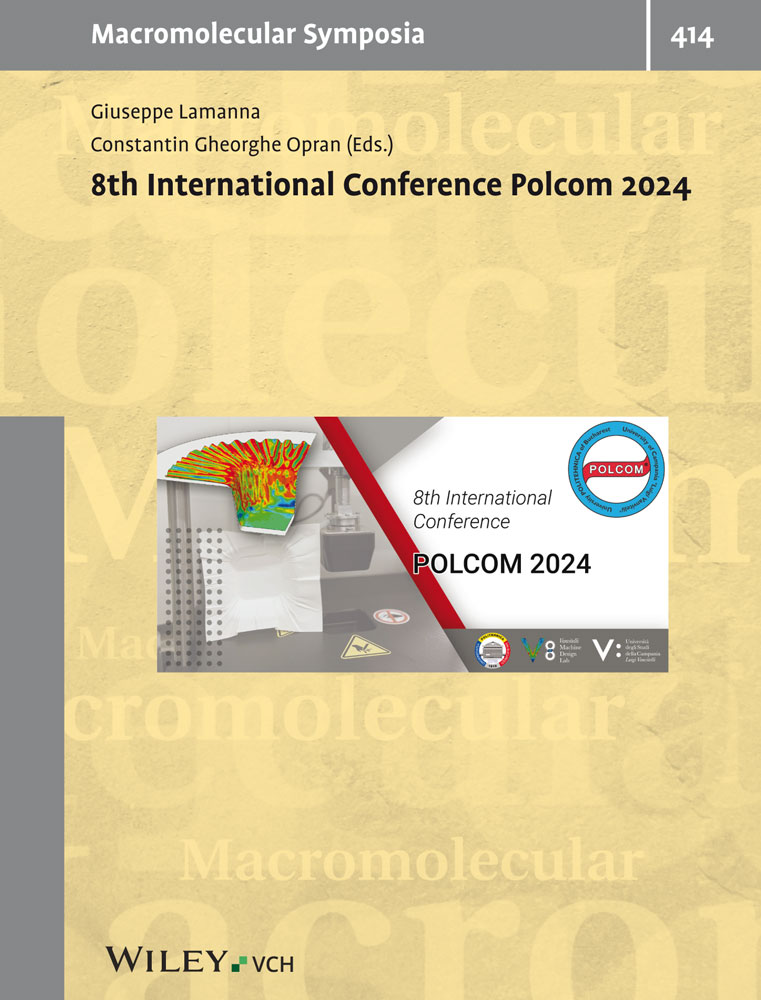Influence of the catalyst system on the morphology, structure and conductivity of a new type of polyacetylene
Abstract
Different new catalysts based on transition metal compounds of groups IVb, Vb, VIb and VIIIb combined with a reducing agent such as: triethylaluminium and butyllithium in various solvents; toluene and silicone oil, were used for the polymerization of acetylene. By changing the catalyst, cocatalyst, solvent and polymerization conditions, a large variety of polyacetylenes were obtained. The polyacetylenes were characterized by SEM, FTIR and C13 NMR spectroscopies. Some of the new polymers were stretched mechanically and then doped with iodine. Thus highly conducting thick (20μm) and transparent films (0.1 μm) were obtained, with conductivities of 20000 ω−0.cm−1 and 8000 ω−1.cm−1, respectively.
After modification of the standard catalyst system (Ti(OC4H9) 4-Al (C2H5) 3-silicone oil) by the introduction of some additional reducing agents, conductivities as high as 120000 ω−1.cm−1, after elongation and iodine doping of the polymers, were reached.
In this paper we present also a comparative stability study of the new (CH)x films and powders.




